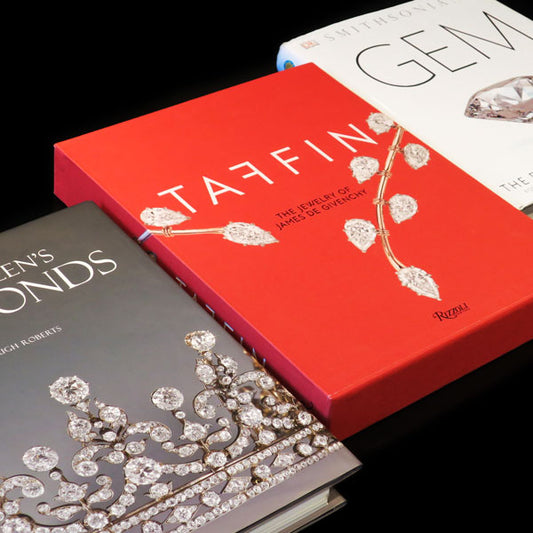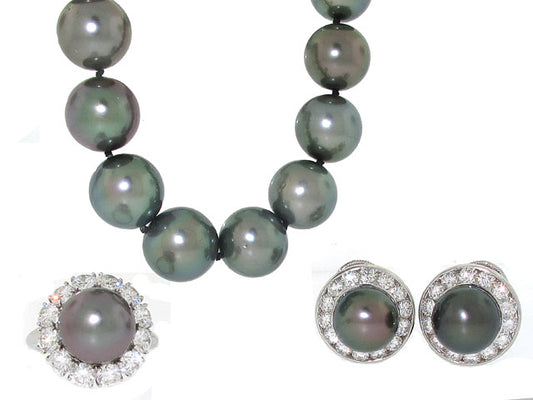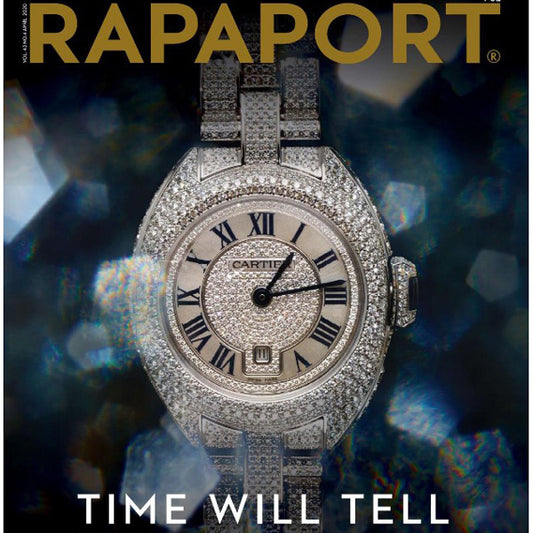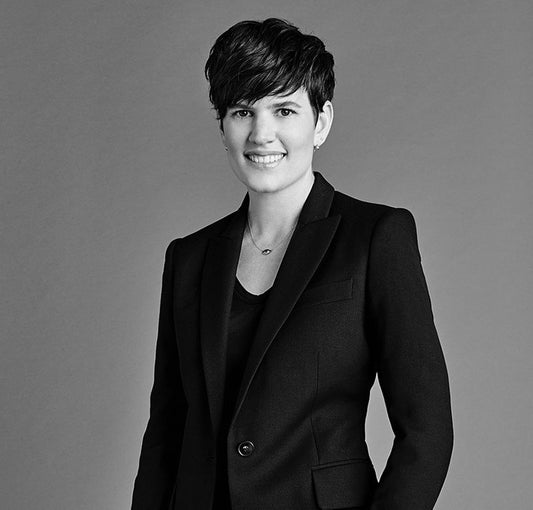In the new, red-hot Tom Cruise’s “Mission Impossible: Rogue Nation” blockbuster, there is a critical scene in which the Cruise, the IMF daredevil, must hold his breath underwater (sans oxygen tank, we might add), for a staggering three minutes — a virtual impossibility. A century ago, when the only way to acquire an incandescent pearl was to snatch it from a bi-valve in Poseidon’s playground, a pearl diver repeatedly practiced a punishing regime of holding her breath for nigh unto two minutes. We say “she” because the most renowned of the divers were (and still are) Japanese women, known as ama (海女 woman of the sea). Today, the ama are merely on “exhibit” at the famous Mikimoto Pearl Island, where they perform for visitors. (You may well know that it was Kokichi Mikimoto, who, at the turn of the last century, invented — after years of painstaking experimentation — a method for farming pearls, or “culturing” them, as it is referred to, thus enabling more reliable production of the world’s oldest gem.) Indeed, pearl-diving is thought to be more than 2,000 years old; there is a record of this ancient art in a Japanese anthology from about 750 AD.

Prior to the introduction of Mikimoto’s innovative technique, pearl divers had to examine thousands of oysters brought up from the sea bed and hope — pray! — that there was a lustrous jewel hidden in the oyster, the ultimate reward for hours of treacherous labor; it took literally tons of oysters to garner a mere half dozen gem-quality pearls. Finding a pearl was akin to winning the lottery, and thus, divers also made their living procuring more mundane quarry — abalone, seaweed, shellfish, sea urchins, sea cucumber , and octopus. Even searching for less lucrative “product” still presented perils: underwater predators, relentless cold, and unseen currents. The ama were expert divers, and their average age was over 70! Other pearl divers (including men) existed around the globe, in waters surrounding countries where mining pearl-producing mollusks was likely — the Persian Gulf emirates, the Philippines, and India.
Ruth J. Katz








